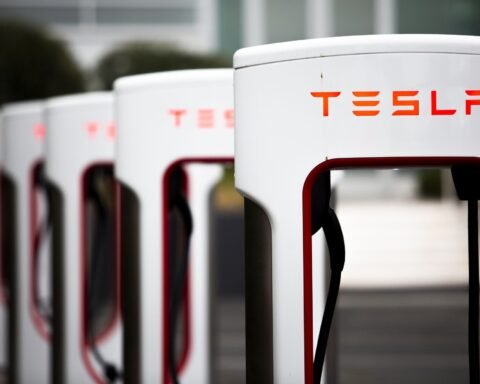Introduction:
As the global population burgeons, the challenge of effective waste management looms larger than ever. Confronted with this mounting crisis, innovative solutions are imperative to curb the environmental impact and harness renewable resources. One such pioneering solution is Waste-to-Energy (WtE) technology, a paradigm shift in waste management that simultaneously addresses the growing energy demand.
The WtE Process:
WtE technology operates through a sophisticated waste-to-energy plant designed for incinerating waste. This incineration process produces heat, which, in turn, is utilized to generate steam, propelling a turbine that generates electricity. The residual ash, a byproduct of this process, undergoes careful treatment and is disposed of in a manner consistent with stringent environmental standards.
The Environmental Imperative:
The pivotal advantage of WtE technology lies in its ability to significantly diminish the volume of waste destined for landfills. Landfills, ubiquitous and unsustainable, mar landscapes, emit noxious odors, and contribute to greenhouse gas emissions. In stark contrast, WtE technology not only reduces reliance on landfills but also concurrently generates renewable energy, positioning it as an environmentally sound solution.
Mitigating Fossil Fuel Dependency:
By incorporating WtE technology into waste management practices, societies can take strides toward diminishing their reliance on fossil fuels. While wind and solar energy play pivotal roles in the renewable energy sector, their intermittent nature poses challenges in meeting continuous demand. WtE technology, conversely, presents a steadfast and reliable energy source, bridging gaps in energy production and bolstering sustainability efforts.
Economic and Environmental Symbiosis:
The adoption of WtE technology transcends environmental benefits; it also fosters economic growth. By creating a new avenue for renewable energy production, WtE plants bolster local economies and create jobs. Moreover, the reduced dependence on landfills spares valuable land resources for more productive and sustainable purposes.
Conclusion:
Waste-to-Energy technology emerges as a beacon of hope in the realm of waste management and renewable energy production. With its dual role in curbing landfill reliance and providing a constant source of renewable power, WtE technology stands as a testament to human ingenuity in the face of burgeoning environmental challenges. By embracing this innovative approach, societies can forge a path toward a greener, more sustainable future.















